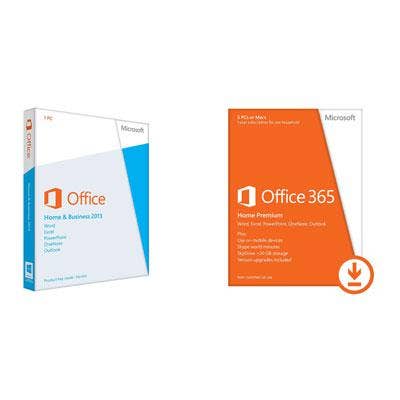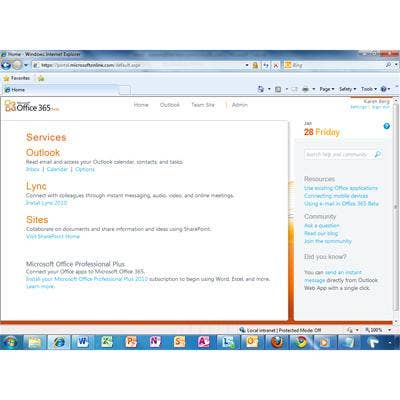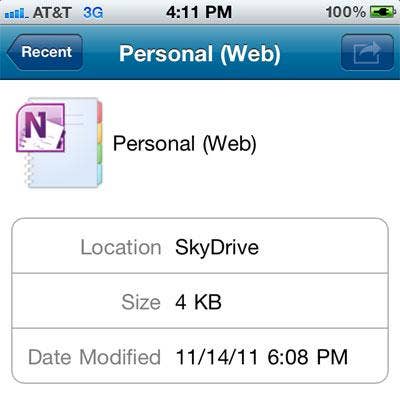Head-To-Head: Microsoft Office 2013 Vs. Office 365

Something For (Almost) Everyone
With its release this year of Office 2013 and Office 365, Microsoft presents businesses and consumers with at least 15 licensing options between them, including 10 versions of its online contender to Google Apps. We've been using the free version of Google Apps in the CRN Test Center for years and have had little need for Microsoft Office, 365 or otherwise (or the paid version of Google Apps, for that matter).
It's clear that Redmond departments don't talk to each other, at least not to share good ideas. For example, when it released System Center 2012 last year, Microsoft reduced the tool's licensing options from more than a hundred to just two. That was one good idea that didn't make it to Office. Another was the way it simplifies private clouds. So, the CRN Test Center simplifies it for you. To help resellers understand changes to Microsoft's productivity suites, we analyzed all the options and grouped them into "byte-size" chunks.

Office 365 Online Push
The 10 versions of Office 365 range from the $4-per-user-per-month "Exchange Online" hosted email service to the $22-per-user-per-month full-on Office 2010 desktop suite (for five devices). The latter includes online document storage and editing, hosted email and voice processing, PC-to-PC calling, configurable spam and virus protection, instant messaging and unlimited email storage for as many as 50,000 users. All Office 365 plans include community support, virus and spam filtering and work with desktop versions of Office 2007 and 2010 for Windows and Office 2008 and 2011 for Mac OS X. All but the $6 plan for small business include configurable anti-spam filtering, 24/7 phone support, Active Directory synchronization and unlimited updates.
{C}

Office 2013 For One
For individuals looking to buy stand-alone software, the choices start at $139.99 for Office Home and Student 2013, which includes Word, Excel, PowerPoint and OneNote. For $219.99, Microsoft adds Outlook to the Office Home and Business 2013 suite. The Office Professional 2013 suite adds Publisher and Access, and costs $399.99. Office 2013 integrates with SkyDrive for online file storage, but not editing. Stand-alone packages include a single-user license for installation on one PC plus six months of download and installation support. Editing Office documents stored in SkyDrive requires the Office Web Apps browser add-on, which also helps facilitate sharing by emailing or posting links on social sites.
For college students, Microsoft makes an offer too good to refuse. For the cash-strapped collegiate crowd, there's Office 365 University, a four-year subscription to all the Office modules installable on two PCs or Macs (with Office for Mac 2011) plus certain Windows Phone devices. Scholars get the whole lot for $79.99 -- that's $10 per user per year when fully deployed.

File, Storage Capacities
All of Microsoft's subscription-based Office 365 versions include 25 GB of SkyDrive storage, and all but the $4 and $8 versions can edit files online. People using Office 2013 with a free SkyDrive account get 7-GB storage but must switch to a browser to edit those documents online. For attaching files to email, Office subscribers are capped at 25 MB, the same limit imposed by AOL, Excite, Google, Yahoo and others.

Mac Update
Microsoft this week also released Office for Mac 2011 update 14.3, fixing numerous PowerPoint defects as well as a time-related issue involving invitations from non-Exchange calendars. The update requires Mac OS X Leopard 10.5.8 and applies to five versions of Office for Mac, including Standard, Home and Business, Home and Student, and Academic. The update is also good for anyone who wants to use Office for Mac 2011 as one of the five desktop installs they get with Office 365 Home Premium or the two with Office 365 University.